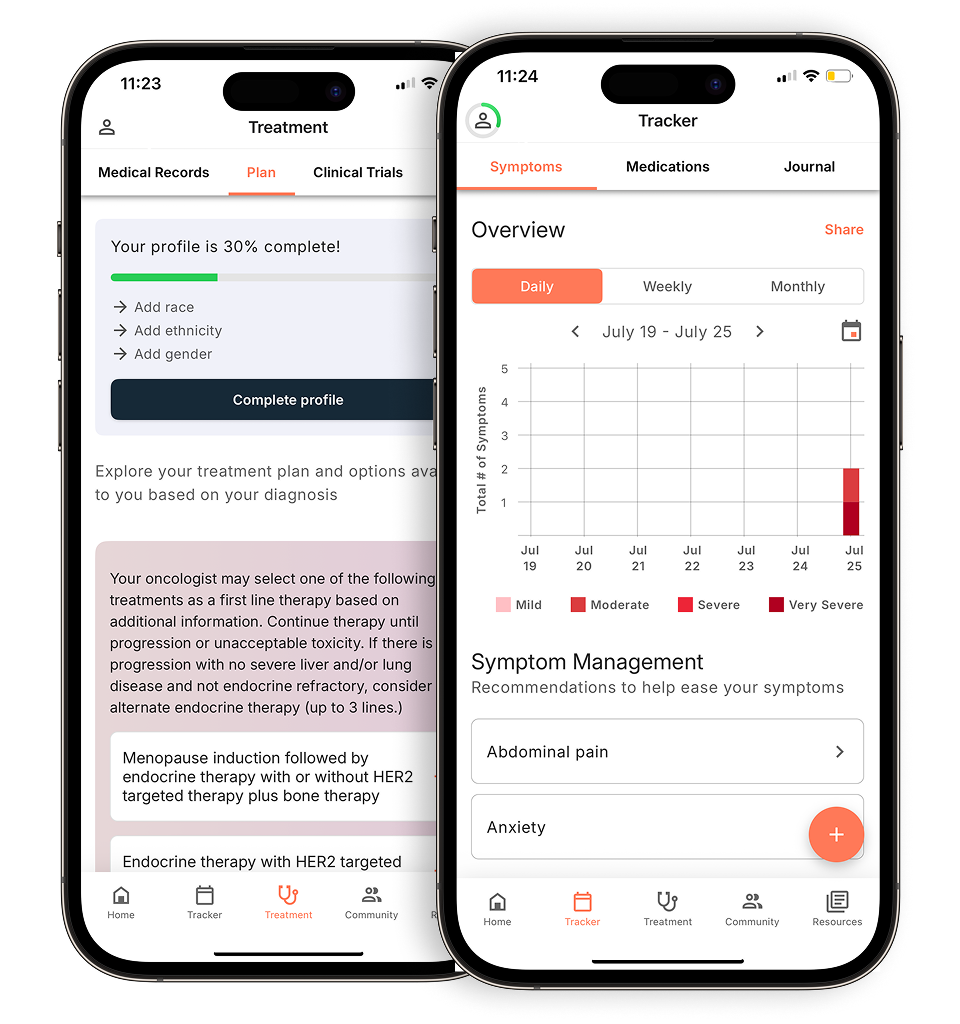We were honored to recently host Palomar Health’s Dr. Hardeep Phull for a special “Movember” edition of our Ask the Expert webinar. You can watch the full informative Q&A session where Dr. Phull answers your questions on topics including advancements in screening, innovative treatment options, genetic testing, active surveillance, and more, below.
We’ve also transcribed some of the key discussion points from the webinar.
The following questions and responses have been lightly edited for grammatical purposes.
Q: What are the early warning signs of prostate cancer?
A: They can be subtle. Of course, we have tests and those tests can correspond to larger prostates or symptoms in the prostate. For men, we all have a prostate that surrounds our urethra, which is the tube that exits the bladder and goes through the penis and what you urinate out of.
So imagine you have this circular organ, almost like an orange, surrounding your urinary outlet. If that gets big, which is not always from cancer, but if it gets big you can have issues urinating. This could mean frequency where you urinate a lot, or hesitancy where you go but you can’t get anything out. It could also be nocturia which is when you’re waking up a lot at night and peeing more and more. Now, some of that is normal aging. We call it benign prosthetic hyperplasia or BPH, but that could be an early sign of prostate cancer. Prostate cancer can grow in many of the same ways as a benign process.
Evidence-based guidance powered by NCCN Guidelines®
Personalized treatment plans shaped by the latest oncology standards—tailored to your diagnosis.
Get started
View your personalized treatment plan in the Outcomes4Me app
Use your diagnosis to unlock personalized NCCN Guidelines®-aligned recommendations.
Continue in app
There are some other symptoms that are not as common. As prostate cancer spreads, it loves to go upward, and that could mean into your seminal vesicles, bladder, and then eventually to your bones. Bones or your lymph nodes, which are basically drainage basins of the entire genitourinary tract, is where it usually ends up. So I tell men to survey their inguinal canal, which is the crease in between your thigh and lower abdomen. If you feel lumps or bumps there, tell your doctor, examine it. Those are some of the ways to find it.
Q: We have a specific question from one of our community members who has prostate cancer and a family history of prostate cancer. He wants to know at what age his son should start getting screened for prostate cancer.
A: We’re realizing there are families with a more enriched prostate cancer history. This brings up the idea of how important it is to communicate. Cross-culturally sometimes, there are barriers and people don’t want to discuss it. Unfortunately, for us men, we don’t like to talk about it. We keep things private sometimes, but it’s important to know if your uncle, grandpa, dad, or relative had it. What was his age, stage, and what was he treated with?
But why do that? It’s so you can inform future generations and let them know this is in the family and it happens relatively early. If it’s happening in their 50s or 60s, we usually call that a high-risk prostate cancer. Those are the ones that are not just cases of aging and time, but possibly a genetic signature or mutation.
It’s very difficult for me to look at a patient and determine who has family history and who doesn’t. I may ask someone, “Does anyone in your family have prostate cancer?” and they would say, “I don’t think so.” But that answer is very common. How many people have a family tree or have surveyed their families? Some people wait until a diagnosis and then start asking.
This family, they already have that history which is a powerful thing to know. For the son specifically, I would do it in his 40s or at a minimum 10 years before the patient was diagnosed. PSA is a great way to start in that age group or even digital rectal exams.
Q: Are there any new screening methods that are coming out for prostate cancer?
A: Absolutely. There’s a brand-new PSA blood test, you can call it a PSA blood test, but it’s a PSE which is a prostate screening EpiSwitch. What does that mean? It’s used in conjunction with PSA. So what is the epi switch? We realized in the genomic era that a lot of things were diagnosed with DNA testing and more than just an antigen that a cancer is secreting in the blood. We’re now looking at circulating tumor cells or DNA methylation of the gene which causes cancer. In this setting, it’s one or a few of these epigenetic markers.
They found when you use PSE along with PSA, you increase both the specificity and the sensitivity of detecting prostate cancer. Specificity is saying “Okay, this is high. This is indeed prostate cancer and not something else.” That’s specificity. Sensitivity is saying, “If it’s normal or negative, I can trust it. That’s a good negative predictive value. I can trust this. It’s sensitive.”
It can be really helpful for early diagnosis, deciding who should undergo a biopsy, and if something is most likely prostate cancer. The thought is you can hopefully reduce unnecessary biopsies and enhance more aggressive screening or treatment if the test is more positive.
To view the full recording of Dr. Phull’s Ask the Expert webinar, click here.
Related Topics
Personalized support for real care decisions
Understand your diagnosis, explore clinical trials, and track symptoms--all in one place.
Get started
Compare treatments, prepare for appointments, and track side effects—all in the app
Built for your diagnosis, Outcomes4Me gives you the tools to make confident, informed decisions—right when you need them.
Continue in app






